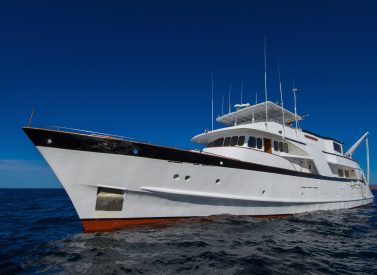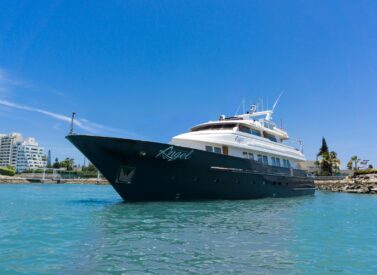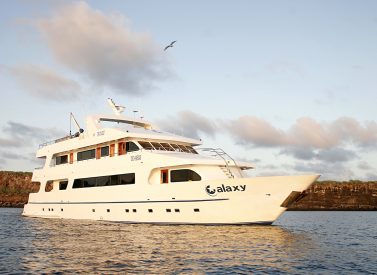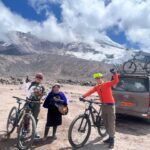
Nemo II Catamaran, Galapagos Cruise
A Nemo II Galapagos cruise, combines catamaran comfort with adventure travel.
With just 14 passengers aboard, discovering Galapagos on Nemo II is a personal and life-changing holiday.
Galapagos Islands park rules for smaller boats like Nemo II have permission to visit places that 16-passenger cruises can’t.
You’ll get up close to wildlife and snorkel in unique places with the Nemo’s expert guides.
More about your Nemo II Galapagos cruise
The catamaran was fully renovated in 2016, bringing all the comforts to its mix of cabins.
It offers stability and comfort at a great price for a first class boat.
Enjoy exploring the Galapagos on Nemo II, one of our most popular Galapagos catamarans.
Trip Highlights
Print Share Download as PDF-
Intimate yacht for just 14 passengers means more time with your guide and getting to know the islands well.
-
Renovated in 2016, the Nemo II has double, twin and bunk cabins, all with private bathroom, hot/cold shower and air conditioning.
-
More than three decades' experience of running Galapagos cruise tours.
-
Fantastic itineraries with a very complete northern/western week followed by a similarly full southern/eastern loop.
-
Three meals served daily, after-excursion snacks and non-alcoholic beverages.
-
Kayak and snorkel kit included in the price.
By far the best holiday we've ever been on, and everything worked perfectly. Seriously, it was all great.
All the arrangements were as you'd suggested, everyone was standing waiting to meet us as planned wherever we went - in fact it was a bit of a let down when there was no-one with a board with our name on it when we got back to London ;-)
L Murray, Nemo II
Full Itinerary
Day 1: Fly to Baltra - transfer to yacht - Bachas Beach (L,D)
Aarrive at Baltra Island in the morning.
After passing through immigration and baggage claim you are met by Nemo II staff and transferred to the yacht. You will be shown to your cabin where you will have some time to settle in before lunch and a welcome briefing.
Navigation to Bachas Beach. Bachas is “Spanglish” for ‘barges’ which were wrecked offshore during World War II. A common first landing site, there is a delightful swimming beach here, with a lagoon behind, and a longer beach for a stroll and wildlife-watching.
The saltwater lagoon behind often has great blue herons and small waders such as Sander Lings and Semi-palmated Plovers. Both beaches are nesting areas for green sea turtles, which leave tracks in the sand to the back of the beach, especially from November to February. A wet landing and open area on the beach mean one can explore at leisure.
In the evening, we enjoy dinner and a briefing.
Day 2: Genovesa - Prince Phillips Steps - Darwin Bay (B,L,D)
Genovesa is one of the highlights of a trip to Galapagos.
El Barranco is a visitor site located on the southern part of Darwin Bay. The trail is made of volcanic rock and has a length of 1.5km, which we will walk slowly in about 2 hours.
The youngest area of the island, from a geological point of view, is found here. The natural erosion that has occurred in these lava flows has transformed the place into an ideal spot for nesting Storm Petrels. We will see two species of petrels that nest in cavities and holes in the lava.
One of the main predators of this place is the Short-eared Owl. The Nazca Booby is also present on this island.
During the panga ride along the cliffs we have can observe sea lions and other several species of seabirds.
We enjoy a deep water snorkel afterwards, our first experience. of the wildlife-rich seas of the Galapagos. Return to the boat for lunch. In the afternoon, we visit Darwin Bay.
Darwin Bay originated when the crater of the island collapsed below sea level. The wet landing (jumping from the panga to the shallow waters of the shore) is on a beautiful white coral sandy beach.
This island is a paradise for birdwatchers: Red-footed Boobies, Masked Boobies, Wandering Tattlers, Lava Gulls, Whimbrels and many more.
Continuing on the trail, we will climb to the edge of the cliff to see red footed-boobies nesting in the mangrove trees below. Bird watching includes sightings of sharp-beaked finches, large cactus and Ground Finches, Galapagos Doves, and Swallow-tailed Gulls. We then jump into the water from the beach for a shallow water snorkel — fantastic!
Return to the yacht for a briefing and dinner.
Day 3: Sullivan Bay - Rabida (B,L,D)
Sullivan Bay is inhospitable to most plants and animals and many visitors say walking here is like stepping into a different world.
The wet landing leads to a walk around the lava flows, called Pahoehoe, under the gaze of Bartolomé, a once active volcano.
Along the way, we pause to marvel at lava bombs, spatter cones and cinder cones.
Crystal clear water is an invitation to snorkel from the beach with schools of tropical fish and Galapagos Penguins or take a zodiac ride to spot them. Return to the boat for lunch, and then to Rábida island.
One of the special features of Rábida is its remarkable red colour, which is a result of the high percentage of oxidised iron in the composition of lava. Here we can see the nine varieties of finches also the Large-billed Flycatchers and Brown Pelicans. Here a small salt-water lagoon where Greater Flamingos can be seen and a beautiful colony of sea lions.
The main attraction of this bay is the broad, pahoehoe or rope lava flow. It is one of the most incredible places to compare the lava flows and their characteristics.
A deep water snorkel caps off a wonderful day.
In the evening, we enjoy dinner and sail to Genovesa.
Day 4: Santa Cruz - Highlands - Charles Darwin Station (B,L,D)
The Highlands of Santa Cruz have incredible zones of vegetation.
Here you visit the private finca, Las Primicias. This reserve offers you one of the best possibilities to see the huge tortoises of Santa Cruz Island in their natural habitat. You can observe them up close.
In the afternoon visit Charles Darwin Research Centre. An excellent way to begin learning about the islands and their origin and formation is to visit the Station.
In the evening, we enjoy dinner and sail to Isabela.
Day 5: Isabela - Elizabeth Bay - Urbina Bay (B,L,D)
The tour starts with a panga ride along Elizabeth Bay, the beautiful rocky shores where Galapagos penguins and shore birds are frequently seen.
This is a magnet for small blue lagoons, Pink Flamingos, Blue Herons, and Bahama Pintail Ducks. Brown Pelicans can be seen nesting in the green leaves of the mangroves.
Our snorkel lets us get close to the wildlife, then return to the yacht for lunch.
In the afternoon we head to Urbina Bay.
Lying at the foot of Alcedo Volcano, south of Tagus Cove, is Urvina Bay (Urbina Bay) one of the best and the most recent example of geological uplift in the Galapagos.
Uplift occurs when the molten materials beneath the surface shifts. In 1954 the shoreline was uplifted nearly 4m/15ft. The coastline was driven about 1,100m further out to sea, exposing giant coral heads and stranding marine organisms on what became shoreline. A Disney film crew visited the site shortly afterwards and discovered skeletons of sharks, sea turtles and lobsters unable to find the ocean from the rapidly rising land.
Schools of fish were found stranded in newly formed tide pools. Boulder sized coral heads can be seen near the area that once was the beach. The uplifting of Urbina Bay was followed by an eruption of Alcedo a few weeks later.
Seasonally Urbina Bay provides a nesting area for many of the Galapagos creatures. Female tortoises journey down from Alcedo to lay their eggs in the sand. Galapagos penguins, Flightless Cormorants and Brown Pelicans nest in the area as well.
The visit begins with a wet landing on the white sand beach. Difficulty of the route varies by season. The trail ranges from stark and easily passable during the dry season to mildly challenging requiring wading to pass during the rainy season. Visitors cross the uplifted region learning about this geological wonder. Then reach the sandy area that was once the beach. Shorter visits return to the landing point on the same path, while longer visits continue past the coral heads and new beach.
Other highlights of this site include marine iguanas and some of the largest land iguanas in the islands, and Galapagos Cotton an endemic plant, historians believe the Incas brought to the islands, while naturalist theorise it floated across from Peru. We enjoy a shallow water snorkel.
In the evening, we enjoy dinner and sail to Fernandina.
Day 6: Fernandina - Espinosa Point and Isabela - Tagus Cove (B,L,D)
Fernandina Island is the youngest and most active volcano in the Galapagos, with eruptions taking place every few years. Following a wet landing, the flat lava of Punta Espinosa offers a stark and barren landscape, but here flightless cormorants build their nests on the point, sea lions sprawl on the beach or play in the tide pools and large numbers of marine iguanas dot the sand. We also have the opportunity to compare the lava types here before jumping in the water for a deep water snorkel.
Return to the boat for lunch and sail to Tagus Cove.
Tagus Cove (Isabela Island) is situated directly east of Fernandina Island on the west coast of Isabela Island. It is a beautiful, well-protected cove sheltered by the shoulders of two volcanic craters and has been used as an anchorage site for over 300 years.
A nature trail here ascends through the typical dry vegetation zone and offers spectacular views of Darwin Lake, a saltwater crater lake and the long narrow inlet that appears to connect with it.
At the top of the trail it is possible to observe the different vegetation zones, catch a glimpse of Darwin and Wolf volcanoes, and observe Galapagos penguins, Flightless Cormorants and pelicans.
Snorkel, dinner, then sail to Santiago Island.
Day 7: Santiago - Egas Port - Salt Mines - Espumilla - Buccaneer's Cove (B,L,D)
A visit to Puerto Egas begins with a wet landing on the dark sand beaches of James Bay. The visit begins with a walk along the rocky coast giving visitors the opportunity to view some of the Galapagos Island’s best tide pools. Sponges, snails, hermit crabs, barnacles and fish including the endemic four-eyed blenny can be seen. The walk also presents visitors with a variety of shore birds, marine iguanas, sally light foot crabs and sea lions.
There are two interesting excursions normally visited from Puerto Egas. The first is a short walk from the landing site brings visitors to the site of one of the Galapagos’ first entrepreneur endeavors. For decades salt was extracted from a local salt crater. The industry was abandoned in the 1950s, leaving behind a variety of rusted old machines and parts of buildings. The trail follows the path once used by wagon trains to the crater cone.
The steep trail is easy, but can often seem one of the hottest hikes in the islands. Feral goats prune the arid vegetation, which lines the trail. The goats feed on any leaf within reach leaving little left for the endemic island creatures. Bird lovers will be delighted with the opportunity to catch a glimpse of one of Darwin’s Finch, the endemic Galapagos Hawk, or the colourful Vermillion Flycatcher.
Finally reaching the crater rim presents an incredible vista. Looking into the crater you are able to see this extinct volcano whose floor has sunken below sea level. Salt water seeps into the crater creating a small salt lake. The sun evaporates the water, leaving the salt that many have tried to mine without success.
Looking away from the crater are the older orange lava fields supporting vegetation including the palo santo trees and the younger desolate black lava fields.
The second excursion begins just a short distance beyond the tide pools is the fur seal grotto. Fur seals and sea lions can be seen swimming in the rocky lava ringed pools. This may be the only opportunity visitors have to see and swim with fur seals.
Fur seals were once hunted to near extinction for their coats. The Galapagos Fur Seal is the smallest of the fur seals found in the southern hemisphere, now compare in numbers with the sea lions. During the day they hide from the hot equatorial sun in shelves or caves of the rocky lava cliffs. At night they feed on squid and fish avoiding the sharks, which are their natural predator.
The crystal clear water, volcanic bridges, fur seals and sea lions make this a magnificent place for swimming and snorkelling.
Visitors who now come to Espumilla Beach come in search of birds rather than water. A short walk inland takes visitors through a mangrove forest normally inhabited by the Common Stilt. Sea turtles also visit these mangroves to nest. Beyond the mangroves is a brackish lagoon where flocks of Pink Flamingos and White-cheeked Pintails can be seen.
The trail makes a loop heading over a knob into a sparely forested area then back to the beach. Along the way those with a watchful eye may spot a variety of Darwin Finches or a Vermilion Flycatcher. Once back at the beach visitors may have the chance to swim or snorkel time permitting.
Less than an hour north of Puerto Egas, Buccaneer’s Cove served as a safe haven for pirates, sailors and whalers during the 18th and 19th century. Anchoring in the protected bay they were able to make much needed repairs to their ships while other men went ashore to stock up on salt, tortoises, fresh water and firewood. Several years ago ceramic jars were found at the bottom of the bay, the disregarded cargo of some mariner from years gone by. Inside the jars were supplies of wine and marmalade.
Few boats stop at Buccaneer’s Cove today – though many cruise by at a slow speed giving visitors the opportunity to view the steep cliffs made of tuff formations and the dark reddish-purple sand beach. This dramatic landscape is made all the more impressive by the hundreds of seabirds perched atop the cliffs. Two of the more recognisable rock formations are known as the “monk” and “elephant rock”. A large population of feral goats now frequents Buccaneers Cove and this portion of Santiago. The National Park Service has fenced off part of the area to protect the native vegetation from the destructive eating habits of this introduced species.
A wet landing on the large coffee-colored sand beach is just north of the prized fresh water supply that once attracted pirates and whalers. We’ll enjoy a deep water snorkel, too, the last of our journey.
In the evening, we enjoy dinner and sail to Daphne Island.
Day 8: Daphne - transfer to Baltra airport for flight out, ends (B)
Among the central islands of the Galapagos Archipelago, Daphne sits north of Santa Cruz and west of Baltra.
Actually two islands known as Daphne Major and Daphne Minor, Islas Daphne is one of the more accessible Galapagos Islands. Easily reached by most tour boats and cruises, disembarking at this island is not possible.
We are going to sail around, after breakfast, and transfer to Baltra airport, and fly back to the mainland, and perhaps back home, or overnight on the mainland.
Nemo II South Itinerary
Day 1: Fly to Baltra - transfer to boat - North Seymour (L,D)
Upon arrival at Baltra, Nemo guides meet you, collect your luggage, and escort you on the short bus ride to the harbour.
Motorised rafts, called ‘Pangas’ will transport you to the NEMO II and our crew will welcome you onboard. After lunch, the first island visit is made to Seymour is made.
The visitor trail on North Seymour is approximately (2 km) in length crossing the inland of the island and exploring the rocky coast. Along the way the trail passes colonies of Blue-Footed Boobies and Magnificent Frigate birds. The Magnificent Frigate bird, a large black bird with a long wingspan, and a hooked beak, is extremely fast and has excellent vision. Frigate Birds are known for the large red pouch on their necks. Boobies and Frigates share an interesting relationship.
Sharing the same nesting area on North Seymour Blue-Footed Boobies nest on the ground making their nests from the twigs of the Palo Santos Trees, while the Magnificent Frigate bird nests just above them in the saltbushes.
In the evening, we enjoy dinner, and sail to San Cristobal.
Day 2: San Cristobal - Isla Lobos - Kicker Rock - Witch Hill (B,L,D)
We start at Lobos Island, which as its name suggests is famous for its population of sea lions and fur sea lions. You will also encounter a nesting ground for the Great Frigatebird and a small number of Blue-footed Boobies.
Next, Kicker Rock, also known as León Dormido. These iconic rocks are located of the coast of San Cristobal. Kicker Rock is the remains of a lava cone eroded by the sea, the two vertical rocks rising 500 feet from the ocean forming a small channel that is navigable by small boats. This natural monument has become a favourite sight for cruises due to the many tropicbirds, frigates and boobies that fill the surrounding air.
Beneath the sea the nearly crystal waters offer a brilliant show of colourful tropical fish and invertebrates. Due to the sheer vertical pitch of the rock face, landings are not possible however many cruises do spend 45 minutes to an hour allowing you to enjoy the full experience.
Return to the boat for lunch and sail to Witch Hill.
One of the first sites visited by Charles Darwin, Cerro Brujo – Witch Hill – is a beautiful white sand beach where Brown Pelicans, Blue-footed Boobies, sea lions, and marine iguanas are all found.
An onshore version of nearby Kicker Rock, Cerro Brujo, is a very striking, eroded tuff cone.
In the evening, we enjoy dinner and sail to Floreana.
Day 3: Floreana - Punta Cormorant - Champion - Post Office Bay (B,L,D)
We wake and visit Cormorant Point, with its two contrasting beaches. Arriving on shore you encounter a green sand beach (the green sand is caused by and iron). From here you follow the trail leading to a lagoon where Pink Flamingoes and other shore birds can be seen in the distance making their home.
Looking into the mud of the lagoon there appears to be ‘cracks’ in the mud. These cracks are not caused from dryness but are actually the footpaths of flamingos. This is also a good spot for seeing Large-Billed Flycatchers, Small-Ground Finches, Medium-Ground Finches or Cactus Finches.
The walk continues to another beach on the other side made of fine white sand particles known as “Flour Beach”. In the waters Ghost Crabs and rays can be seen swimming. Time permitting you may even go for a snorkel, swim, kayak, or panga ride at Champion Islet.
Return to the boat for lunch.
We pend the afternoon visiting Post Office Bay.
In 1793 British whalers established the Post Office Barrel to send letters to and from England. This tradition has continued over the years, and even today visitors may drop off and pick up letters, without stamps, to be carried to far destinations. Don’t forget to send yours!
Arriving at Post Office Bay you land on a brown sand beach, passing the sea lions lying in the sun. At the post barrel the guide will pull out a hand full of letters for the group. Continuing the tradition, the letters are taken home by a traveller and then mailed to the addressee. You also have the opportunity to send your own letter.
There is also the remains of a Norwegian Fishing Village here, a commercial fishing operation established in 1926 and abandoned a couple of years later. The group of Norwegians arrived with dreams of riches started a fishing and can operation, loaded with just US$900 each. The tough Galapagos life and a few misfortunes made them abandon their dreams.
There’s a chance for a snorkel from the beach, before boarding the yacht once more.
In the evening, we enjoy dinner and sail to Española.
Day 4: Española - Gardner Bay - Punta Suarez (B,L,D)
We arrive at Española and spend the morning Gardner Bay. It has a white sand beach and there is a small colony of sea lions. The possibilities for swimming or scuba diving are excellent here. Visitors find migrant, resident, and endemic wildlife including brightly coloured marine iguanas, Española lava lizards, Hood Mockingbirds, Swallow-tailed Gulls, Blue-footed and Masked Boobies, Galapagos Hawks, a selection of finches, and the Waved Albatross.
Snorkel, swim, and enjoy walking on the beach before returning to the boat for lunch. It’s a 45-minute sale to Punta Suarez, found on the western tip of Española, where we spend the afternoon.
Punta Suarez offers great wildlife such as sea lions, sea birds and the largest marine iguanas in the Galapagos. This is one of the best sites in the Galapagos. The amount of wildlife is overwhelming.
Along the beach there are many sea lions and large, colorful lava lizards and marine iguanas. As you follow the trail to the cliff’s edge, Masked Boobies can be found nesting among the rock formations.
After a short walk down to a beach and back up the other side Blue-Footed Boobies are seen nesting just off the trail.
In the evening, we enjoy dinner and sail to Santa Cruz Island..
Day 5: Santa Cruz - Highlands - Charles Darwin Research Centre (B,L,D)
The Highlands of Santa Cruz have incredible zones of vegetation.
Here you visit the private finca, Las Primicias. This reserve offers you one of the best possibilities to see the huge tortoises of Santa Cruz Island in their natural habitat. You can observe them up close.
In the afternoon visit Charles Darwin Research Centre. An excellent way to begin learning about the islands and their origin and formation is to visit the Station.
In the evening, we enjoy dinner and sail to South Plaza.
Day 6: South Plazas - Santa Fe (B,L,D)
We awake in South Plazas. Visiting South Plaza begins with a dry landing. The rocky trail circumnavigates the island displaying the combination of dry and coastal vegetation zone. South Plaza has one of the largest populations of land iguanas in the Galapagos. The iguanas seem to be everywhere! These larger than average yellow-brown land iguanas feed on the fruit and pads of the prickly pear cactus.
South Plaza is also home to marine iguanas living along the coast and a hybrid iguana, whose parents were a mix of land and marine iguanas. As the walk continues along the sea cliffs Swallow-Tailed Gulls, Frigatebirds, Audubon Shearwaters, Red-Billed Tropicbirds, Brown Pelicans, Blue-Footed and Masked Boobies are frequently seen. Beneath along the shore a colony of Bachelor Sea Lions can be seen.
Enjoy a deep-water snorkel before returning to the boat for lunch, and we sail to Santa Fe.
Santa Fe is home to one of the most beautiful coves in all the Galapagos.
Santa Fe was formed from an uplift (rather than a volcano) giving the island a relatively flat surface rather than the typical conical shape of the other islands. Visits to Santa Fe begin with a panga ride across the lovely turquoise lagoon. Once ashore you are brought into contact with of the many sea lion colonies in the Galapagos. Bulls vie for the right of beach master while cows laze in the sun.
The loop trail around the islands leads past the salt bushes where Galapagos Hawks can easily be approached. Santa Fe is home to endemic land iguanas. These iguanas are the largest in the islands and they are beige to chocolate brown in color and resemble small dinosaurs. Reaching the summit there is a stunning view of the cove beneath.
We enjoy a deep water snorkel and then board the Nemo II.
In the evening, we enjoy dinner and sail to Santiago.
Day 7: Bartolome - Chinese Hat (B,L,D)
We start the day at the iconic Bartolome.
Bartolome is a desolate island with few plants but is the most visited and most photographed island in the Galapagos. The island consists of an extinct volcano and a variety of red, orange, green, and glistening black volcanic formations. The best known of the island’s features is the Tuff Cone known as Pinnacle Rock. This large black partially eroded lava formation was created when magma expelled from the volcano reached the sea.
When the seawaters cooled the hot lava it caused an explosion. The exploded particles eventually fastened together, forming a rock composed of thin layers. This is Bartolome’s Pinnacle Rock, and it has become one of the best recognised and most photographed sites of the islands. A prominent sight, it was used as a target for US airmen during WWII.
Lying beside the Pinnacle Rock are twin half-moon shaped beaches. The northern beach is a popular snorkelling site where visitors have the opportunity to swim with fish, sea lions and Galapagos penguins. Much larger animals can be found near the southern beach including stingrays, spotted eagle rays, white-tipped sharks, and black-tipped sharks. Little vegetation grows in this barren place.
Mangroves border the beach and the small shrub Tiguilia grows in the volcanic sands. The seeds and tiny white flowers of the Chamaesycae provide food for the island’s finch. These plants are common to arid regions and are able to survive in these harsh volcanic conditions.
The northern beach is a popular snorkeling site where you have the opportunity to swim with fish, sea lions and Galapagos Penguins. Much larger animals can be found near the southern beach including stingrays, spotted eagle rays, white‐tipped sharks, and black‐tipped sharks.
We have lunch aboard the boat and sail to our next destination.
Chinese Hat, or Sombrero Chino, is a tiny island just off the southeast tip of Santiago. Its name describes the island’s shape. Those visitors who travel to the island will find its special landscape worth the visit.
Though centrally located it is one of the least visited sites in the area, as National Park Service restrictions have limited the number of visitors to Sombrero Chino. Multi-day cruises with 12 passengers or less are the only ones permitted at this site. The landing is on a beautiful crescent-shaped white sand beach, home to sea lions and sally lightfoot crabs. The trail explores the island’s volcanic origin, one of the most evident in the islands.
The lava rock is very fragile and tends to break off when people walk over it. The sharp outcroppings caused from these breaks make it necessary to bring good shoes. Patches of Pahoehoe Lava, cracked lava and lava tubes can be found on the island.
While the path does not lead up the striking red rust sides of the Sombrero to the caldera, it does venture high enough on the island to offer some spectacular views of the waves crashing below. Snorkelling in the waters near Sombrero Chino can create a stir; white-tipped sharks frequent the area, as do the playful penguins and sea lions.
In the evening, we enjoy dinner and sail to Santa Cruz island.
Day 8: Mosquera Islet - transfer to Baltra airport, tour ends (B)
Rise and shine! It’s an early start on your last day.
Mosquera Islet is located between the islands of Baltra and North Seymour. It is a reef of rocks and coral (the result of an uprising) and a great white sand beach. Its narrowest width reaches about 160 metres and has an estimated length of 600 metres. In most of the perimeter there is base of lava rocks, as evidence of the lava uprising, except in the southwest side where the landing occurs.
This island has one of the largest populations of sea lions. You can also observe several species of shorebirds. There have been occasional reports at this site of orcas (Orcinus orca) feeding on sea lions.
Disembark in Baltra and transfer to the airport at 8am.
Prices From $4,500 / £3,659 per person
What's Included?
Accommodation, all meals plus purified water, tea and coffee, snacks, naturalist bilingual Galapagos guides level III, shore excursions, snorkelling equipment, transfers in the Islands between the airport and dock, kayak use, beach and cabin towels
What's Not Included?
International flights, Round trip flights to the Galapagos Islands, Galapagos National Park fee, Galapagos Ingala fee, soft and alcoholic drinks, personal items, souvenirs, tips, wetsuit hire, travel insurance, personal items, Ecuador services
Accommodation
The Nemo was renovated in 2016 so is completely up-to-date to provide the best facilities it can.
It features seven cabins, all with private bathroom with hot/cold shower and air conditioning. Cabins are carefully fitted into the space the vessel permits, they are not identical in size or configuration.
- Cabins 1 & 2: Matrimonial, couples only
- Cabins 3 & 4: Double upper bed, lower single bed
- Cabin 5: One lower double, 1 single upper bed
- Cabins 6 & 7: Bunks: single upper bed, single lower bed
Each cabin has a shower and toilet that adjoins the cabin behind another hatch. There is a common area inside amidships, another outside to the rear, as well as a small sun deck complete with lounge chairs where passengers can lie down and relax.
There is a small bar on board stocked with a variety of beer, wine, hard alcohol and soda. You may run a tab for these items while aboard and settle by credit card at the end of the trip.
Tour Staff
The crews are “Galapagueños”, guides, captains and crew members were born and raised in the Galapagos Islands.
They know the area well and are prepared to show you the islands only like a native can do it.
The Naturalist, English-speaking guides have studied and been trained at Charles Darwin Scientific Station, and have long years of experience guiding at the Galapagos Islands.
Meals
The boat uses as much locally sourced produce as possible, including fish, coffee, eggs, fruits and meat farmed in Galapagos, to reduce carbon footprints and make sure the best ingredients are used.
The chef prepares three main meals a day, with snacks and drinks available after activities.
All dietary requirements can be catered for, vegetarians, vegans, lactose intolerant and more.
Breakfast usually features a juice, tea and coffee, toast, jams, eggs and pastries.
Lunch will include soups, then a main meal of rices, pastas, fish, omelettes and many more options, and often a small pudding.
Dinner will again be a hearty affair, with a starter, main meal and pudding, with water, teas and coffees available.
There is a bar with beers and cocktails available at extra cost.
Activity Level
Walks
Every visit to each island involves an easy or moderate walk, which can last between 2 to 3 hours, and are not considered strenuous. On these walks you will be led by an expert naturalist guides in a small group along clearly marked trails. They will explain in great detail all the wonders of each of our carefully selected itineraries. Most days there are two guided walks on a specific island where you will be able to walk and hike on beaches, lava fields, alongside cliffs and around mangrove estuaries.
Snorkelling
Snorkelling in the Islands is the highlight of the Galapagos cruise for many of our guests. You have the opportunity to go snorkelling almost every day – snorkelling with marine iguanas and with playful sea-lions are some of the highlights, as well as with green sea turtles, penguins and an incredible variety of colourful reef fish. On the western islands the water is a little colder but teaming with life. There are beach snorkels for beginners and deeper waters.
Zodiac rides
Dinghies, or “Pangas” as they are known in Galapagos, are inflatable zodiacs that serve as the main transportation method from our Galapagos yachts to the visitor sites. At several times during your week-long Galapagos travel adventure, you will have the chance to enjoy dinghy (or panga) rides in shores, mangrove estuaries, coves and caves.
Practical Information
Is this the cruise for me?
First class boat thanks to its incredible itineraries, crew and guides.
This is a smaller catamaran with practical cabins and more suited to someone looking for more of a first class adventure than first class cabin.
Introduction to Galapagos
These magical islands comprise of 50 volcanic islands of varying shapes and sizes, which lie 1,000 kilometres off the coast of Ecuador.
Here, unlike anywhere else on Earth, you can enjoy a thousand close encounters with a weird and wonderful variety of ‘friendly locals’, including giant tortoises, fur seals, sea iguanas, frigate birds and blue-footed boobies.
Read our Galapagos Islands Guide and more about diving.
In 1535, Tomás de Berlanga, Bishop of Panama, floated into this archipelago and named it Galapagos after the giant tortoises he encountered. Pirates used the islands for refuge and to bury their stolen treasure after that.
The islands’ most celebrated visitor was Charles Darwin, who arrived aboard the HMS Beagle in 1835. The rare life forms he encountered helped him formulate his theory of evolution, which he published in The Origin of Species by Means of Natural Selection.
It wasn’t until 1959 when it became part of Ecuador’s national park system that this fragile ecosystem with its rare and endemic species came under protection.
In 1979 the Galapagos archipelago was declared a UNESCO World Heritage Site.
Weather in Galapagos
When to visit Galapagos Islands: weather and wildlife
There is no real ‘best’ time to visit Galapagos on holiday as there is always wonderful wildlife and weather to enjoy. Read our blog for more.
Most animals – tortoises, sharks, sea lions and boobies – are found year round and many of the species here are non-migratory.
The Galapagos Islands are located right on the equator so air and water temperatures do not vary by much.
Having said that, there are two recognised seasons, and each months brings natural marvels for the visitor to enjoy.
Below is our quick guide to the weather and wildlife you can find on the Galapagos Islands.
General weather information
The warm season (Jan-Jun)
- Calm, clear warm waters, great for snorkelling, often without a wetsuit.
- Great weather, with February and March being the hottest and sunniest months with blue skies and sunshine.
- Occasional heavy bursts of rain in the afternoons.
Sea temperatures: 22-25°C / 72-77°F
Land temperatures: 21-32°C / 72-90°F
The dry ‘garua’ season (Jun-Dec)
- It’s a great time for marine life in the cooler seas. Snorkellers may want a wetsuit.
- August and September the coolest when you may need a jacket in the evenings and the sea can be choppy.
- There can be mist on the islands in the mornings (garua) which usually burns off by midday leaving overcast skies or a sunny afternoon.
Sea temperatures: 15-22°C / 60-72°F
Land temperatures: 18-24°C / 65-75°F

Air and sea temperatures in Galapagos, month-by-month
Galapagos cruise kit list
Good kit is vital for every trip.
Book with Andean Trails and get 15% off Páramo’s fantastic ethical and high performance outdoor gear.
Galapagos – general advice
Galapagos is warm and humid, and you will need t-shirts (moisture wick-away or breathable t-shirts can be very useful, it can get very hot in the day), shorts, lightweight skirt or trousers and bathing suits.
One or two cotton shirts can be used to protect you from sunburn, especially when snorkelling (not very elegant worn in the water over a swimsuit, but practical – and Galapagos is NOT an elegant place!).
You may want to change into different clothes for the evening, but don’t take anything dressy or smart – there really is a very relaxed atmosphere on board.
Pack something warm for going on deck in the early morning or evening a fleece, maybe, and a sweatshirt – and a waterproof for the Highlands.
Strong sandals, trainers, or light hiking boots are ideal footwear – you may like to have something suitable for easy walks and another for tougher terrain – your guide will advise you daily what the walking will be like. Most boats ask passengers not to wear heavy shoes on board.
Do take a hat!
Seasickness tablets if you think you will have problems – i.e. Sturgeon, or Mareol if you buy them in Quito. The sea can be choppy, so it is recommended to take them as a precaution.
Galapagos – detailed kit list
- First aid kit – aspirin, imodium, sun tan lotion (facter 50 recommended), sunburn cream, lip salve, throat lozenges, insect repellent, etc.
- Earplugs – the engine can be noisy, whatever the boat, wherever your cabin.
- Sun glasses and sun hat.
- Snorkelling equipment – the boat either provides kit for free or has a supply for hire, but it may suit you better to take equipment in your size that you know will fit you. Even if you have not snorkelled before, DO have a go – under water Galapagos is a very special experience. Try it first of all from the beach, to get the hang of breathing through gritted teeth, then take the plunge!
- Towel, for the beach (most boats provide these, please ask).
- Money belt.
- Passport, with at least 6 months remaining from date of return from Ecuador.
- US Dollars cash and mixed denomination notes, undamaged and unmarked.
- Visa/MasterCard, Cash card.
- Personal & Medical insurance.
- Camera and film / memory cards (take at least twice the amount you think you will need!). You may want to take an underwater camera for snorkelling.
- Camera charger
- Binoculars
- Small backpack – to keep your sun cream, water, shirt etc in when you are on shore.
- Small plastic water bottle, 1-2 litres, depending on how much you drink.
- Biodegradable sunblock (v. high factor, 50+ recommended) and lip salve.
- Toiletries (featuring biodegradable soap).
- Wet Wipes/antiseptic hand wash cream
- Travel alarm clock.
- Sewing kit.
- Spanish/English phrasebook.
- Book, e-book, mp3 player/ipod or other for free time.
The Galapagos Islands are a very fragile environment and the arrival of more and more inhabitants to the islands, as well as tourist have an impact.
Please try to minimise your impact by:
- Bringing a water bottle to refill, rather than using a new bottle each time.
- Recycling your rubbish where possible, not leaving any rubbish behind.
- Taking batteries back home with you – they cannot be recycled properly in Ecuador.
- Saving water where possible.
- Leave toiletries that contain microbeads at home
- Saving energy by switching your lights off when you leave the room. Electricity on the islands comes from a generator, fuelled by petrol. For this same reason, please think about whether you really need to use your air conditioning.
Quito
Pleasantly warm during the day, but can be quite chilly during the morning or at night when you might want a jacket or a fleece, plus a waterproof.
You may want to dress up a little more in the evening here, depending on where you are staying, and what sort of restaurant you like.
Guayaquil
Conditions here are similar to Galapagos – hot and humid. T-shirts and shorts in the day, and like Quito, something smarter for eating out in restaurants at night.
ATOL holiday protection
Andean Trails has 25 years of experience of putting together the best South America holidays.
We pay a fee to the CAA for every licensable passenger we book since we hold an Air Travel Organiser’s Licence granted by the Civil Aviation Authority. In the unlikely event of our insolvency, the CAA will ensure that you are not stranded abroad and will arrange to refund any money you have paid to us for an advance booking.
We also offer ATOL (Civil Aviation Authority) protected holidays to give our customers peace of mind when booking and travelling.
When you buy an ATOL protected air holiday package from Andean Trails Ltd you will receive a Confirmation Invoice from us confirming your arrangements and your protection under our Air Travel Organiser’s Licence number 6275.
You can read more about ATOL, who is covered and what protections you have if not ATOL-covered, on our ATOL page.
What is ATOL?
The CAA’s ATOL scheme offers protection to your money and your holiday if you book with us. Not everybody is covered (see ‘Who is covered?’ for more), as you must purchase an ‘air package holiday’ with Andean Trails to be protected.
And ‘air package holiday’ is defined as including a flight and some ground services (hotel, transfer, trek etc). This is also known as an ‘ATOL-protected holiday’.
Who is covered?
To be covered by ATOL, you must book a flight and some ground services with us and be from the UK. If you are from the UK and only book ground services and no flights, you are not covered by ATOL (see below for more on how non-ATOL clients are covered).
If you are outside the UK and buy flights with us, you will be ATOL protected IF any of the flights booked with Andean Trails touches/stops in the UK at any point during your holiday package booked with us.
If you buy your flights elsewhere, please check with that agent if you are ATOL protected. Be careful with online flight purchases and make sure you know what protection you have, if any, before paying for flights.
Not all holiday or travel services offered and sold by us will be protected by the ATOL scheme. Please ask us to confirm what protection may apply to your booking.
For land only holidays not involving any air travel, in accordance with “The Package Travel, Package Holidays and Package Tours Regulations 1992”, all UK passengers booking with Andean Trails Ltd. are fully protected for the initial deposit and subsequently the balance of all money paid to us, arising from cancellation or curtailment of travel arrangements due to the insolvency of Andean Trails.
I’m not ATOL covered, what protection do I have?
If you are not ATOL covered, any payments you make to us go to a Trust account.
We can only access this money once your tour has been completed, meaning that if anything happens to Andean Trails Limited while you are on holiday, then your money is secure and you can either complete the trip or be able to make it home.
If you pay for your holiday with a credit card, some offer payment protection – please check with your cardholder.
You also should have cancellation protection written into your insurance (which we recommend you have at the time of booking) in case you need to cancel.
Prices From $4,500 / £3,659 per person
8 days (Sun-Sun) from USD 4,500 per person
5 days (Sun-Thu) from USD 2,900 per person
4 days (Thu-Sun) from USD 2,100 per person
Cruise only, shared twin cabin basis
Upgrades available at extra cost
Single supplement applies - ask about cabin shares

Dates & Prices
Prices From $4,500 / £3,659 per person
8 days (Sun-Sun) from USD 4,500 per person
5 days (Sun-Thu) from USD 2,900 per person
4 days (Thu-Sun) from USD 2,100 per person
Cruise only, shared twin cabin basis
Upgrades available at extra cost
Single supplement applies - ask about cabin shares
Can’t find what you’re looking for? Get in Touch
+44 (0)131 378 5593
+44 (0)131 554 6025



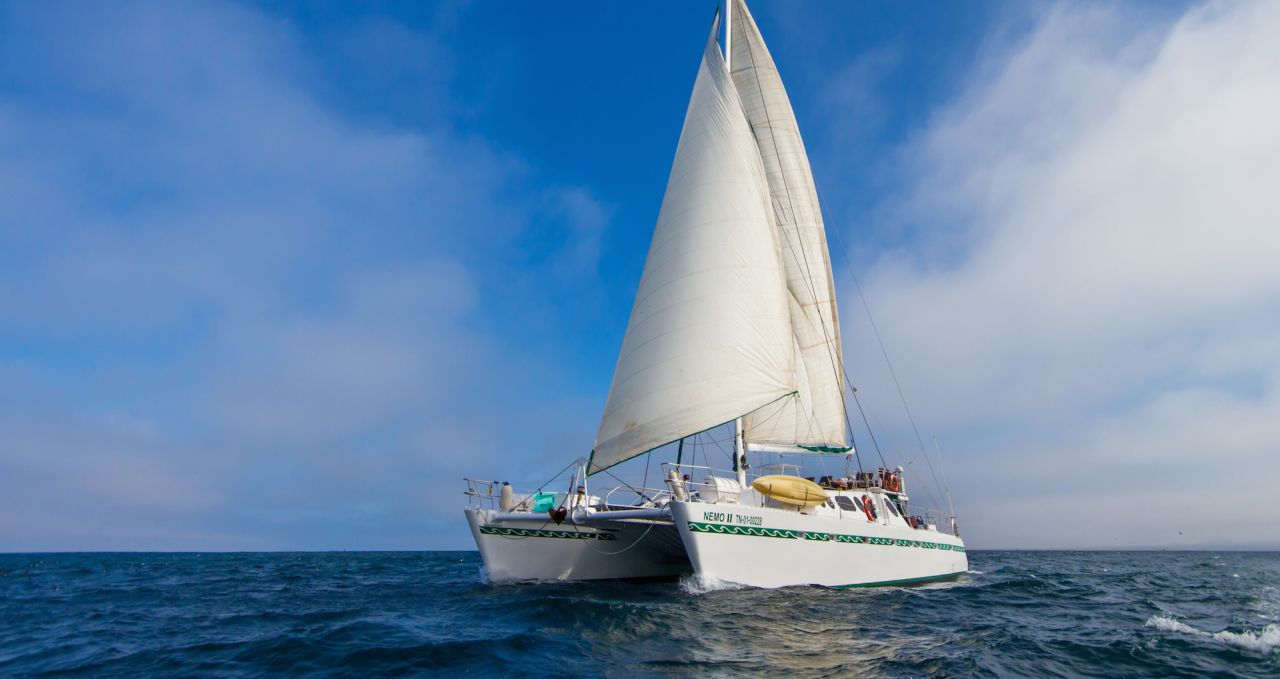
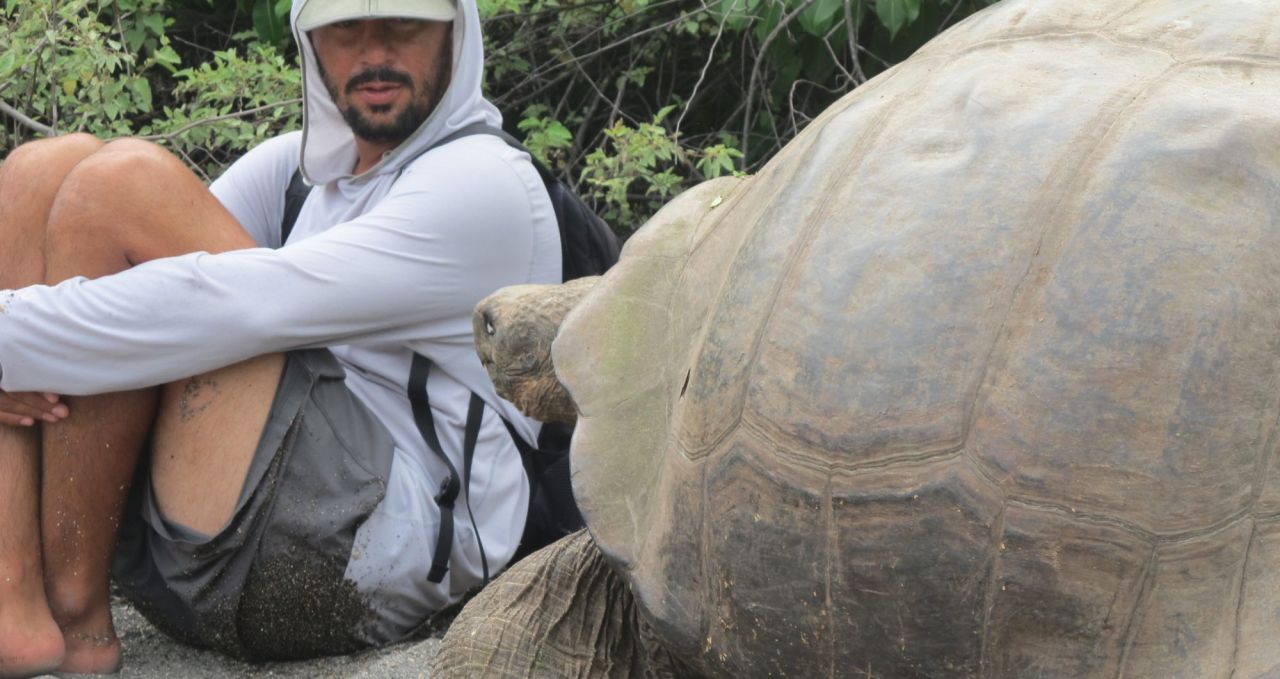
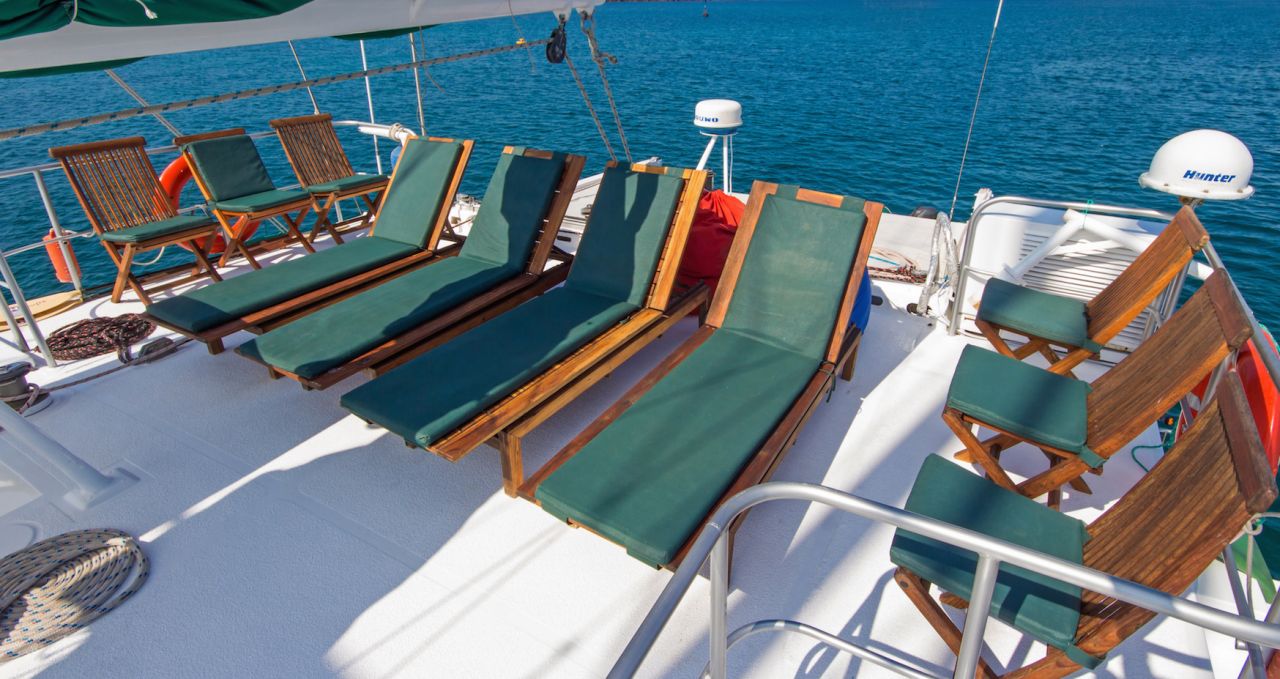
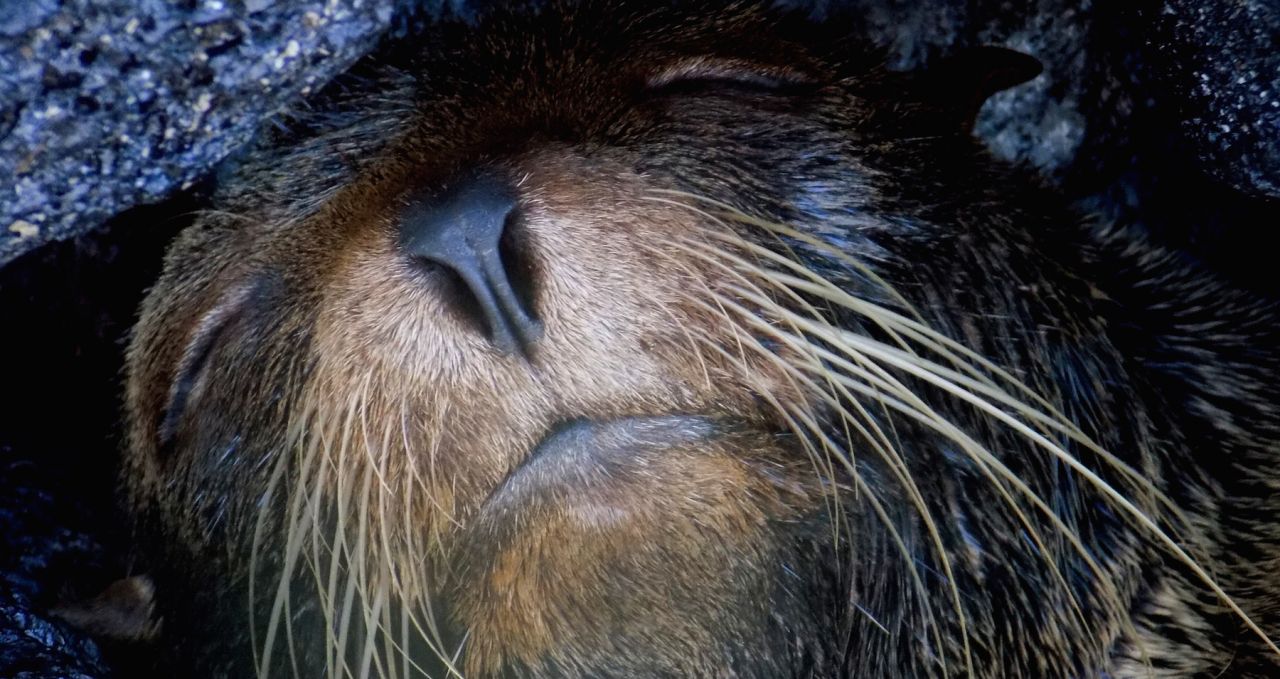
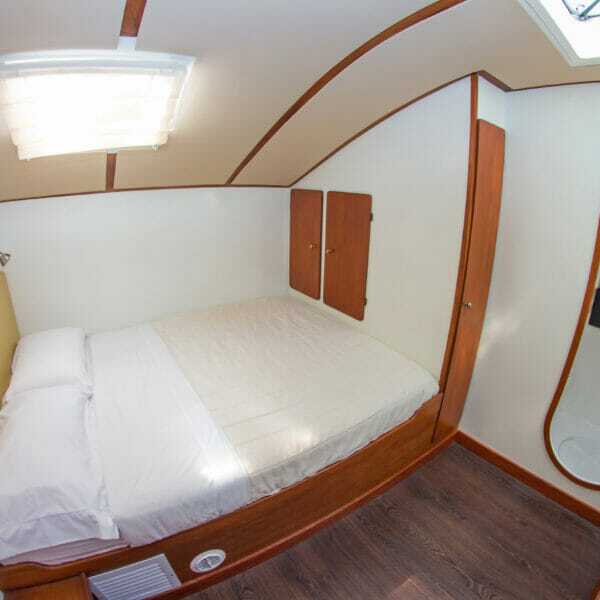
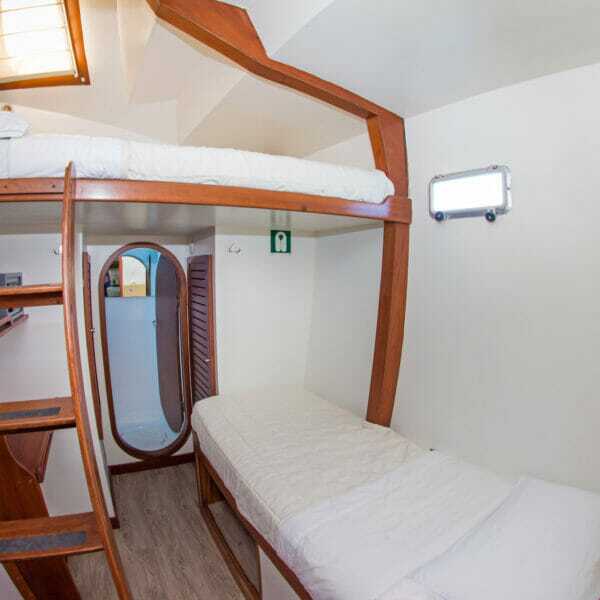
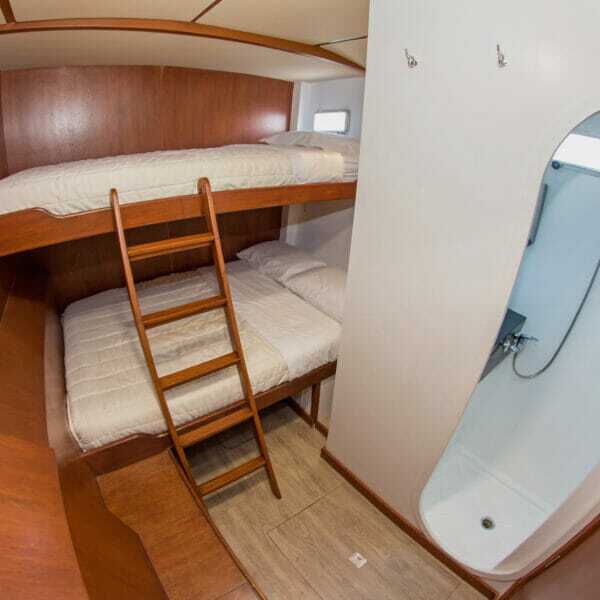
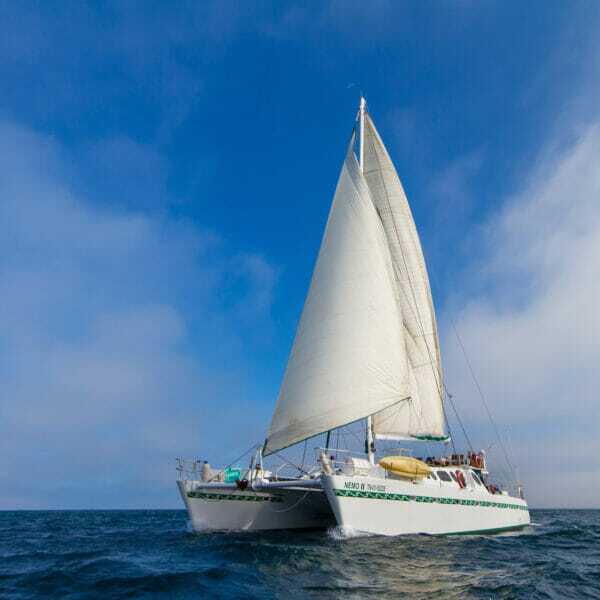
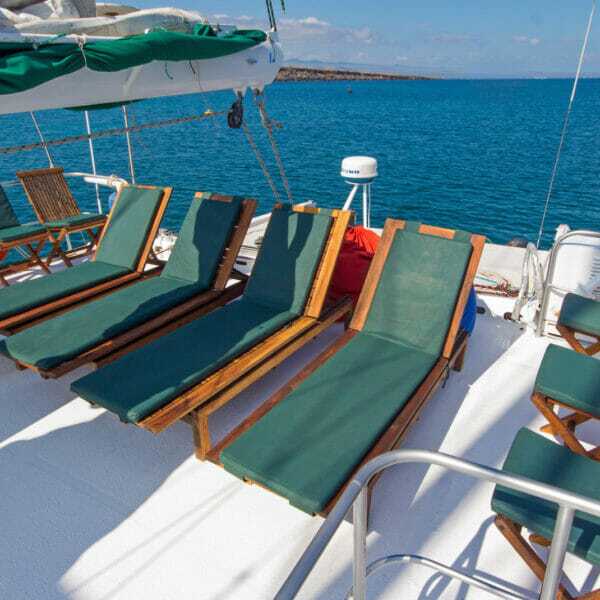
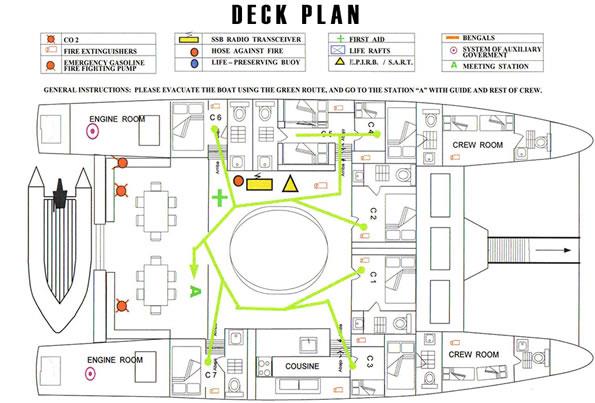
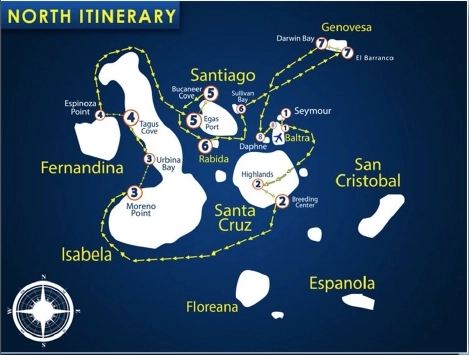
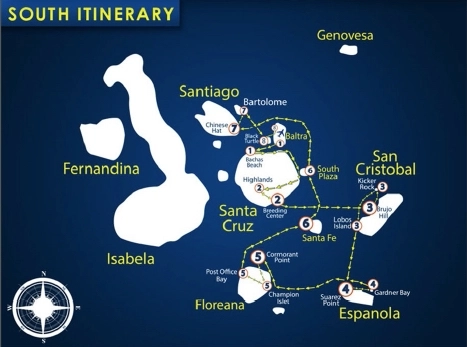
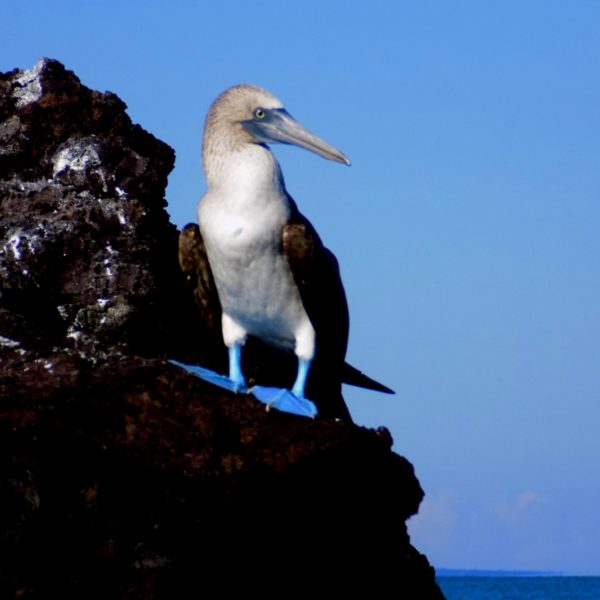
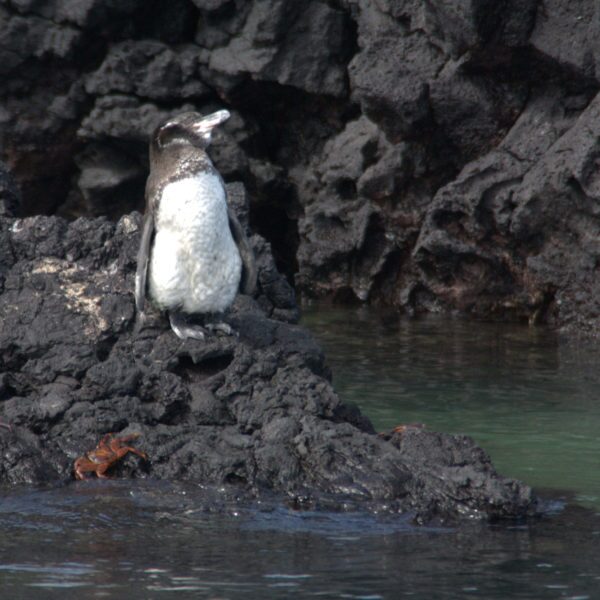
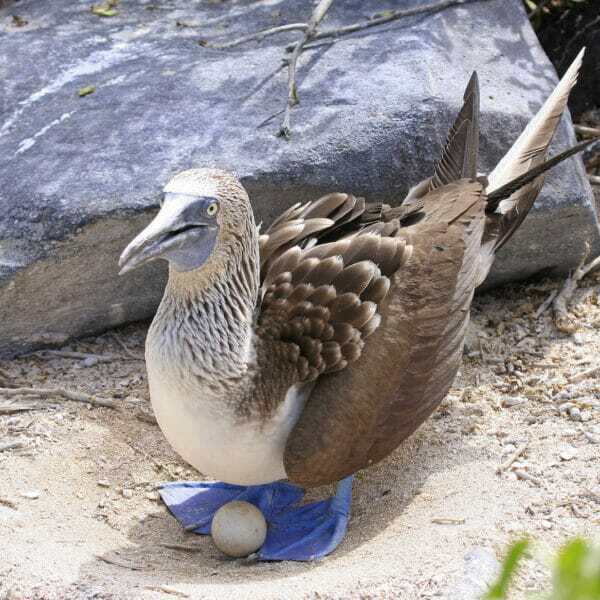
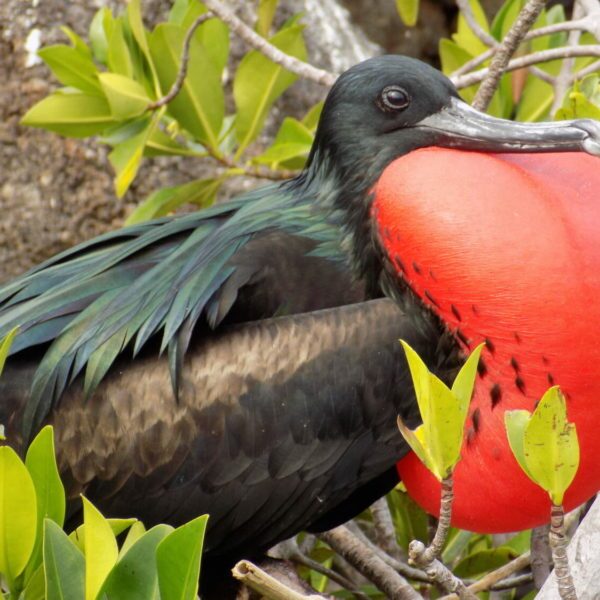
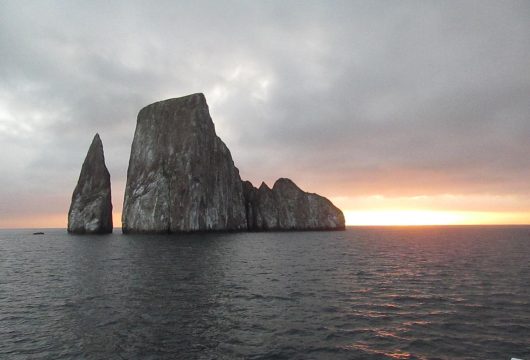

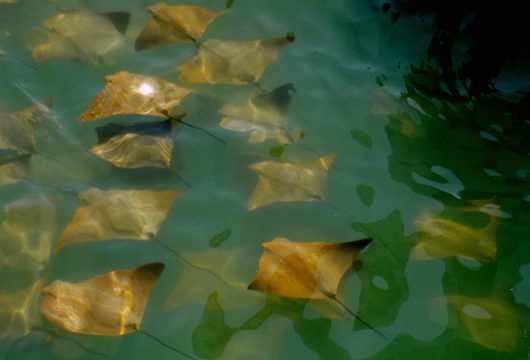
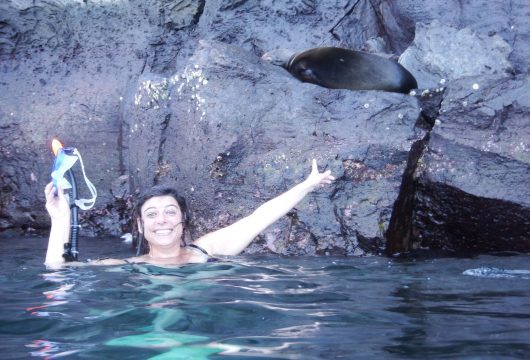
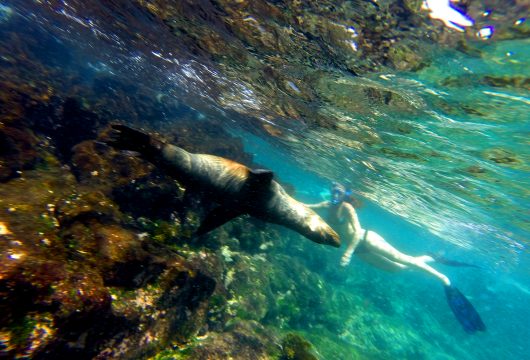
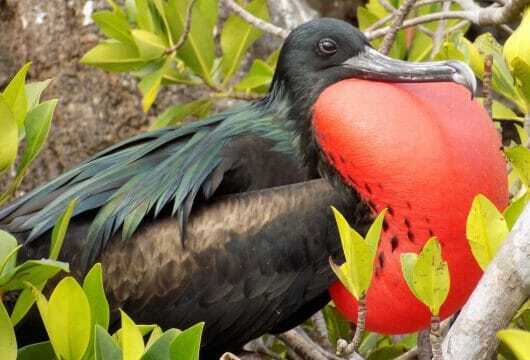
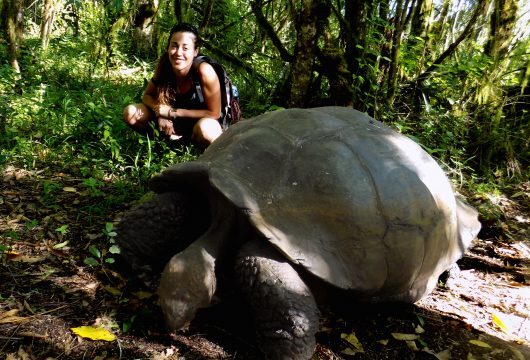
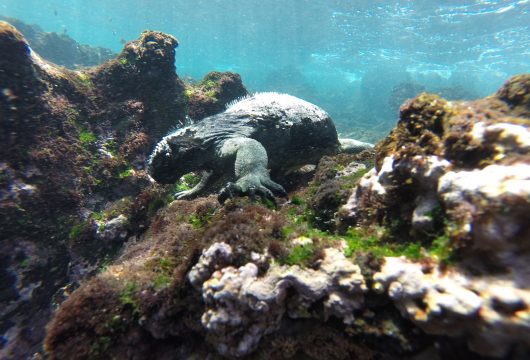
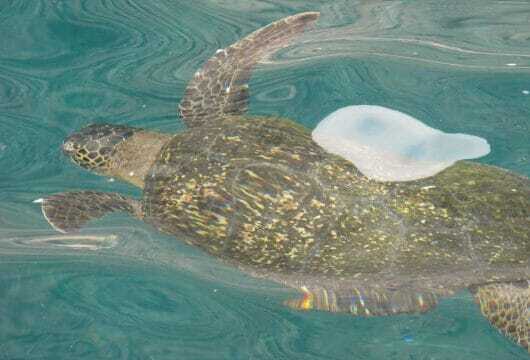
 a Group Tour
a Group Tour 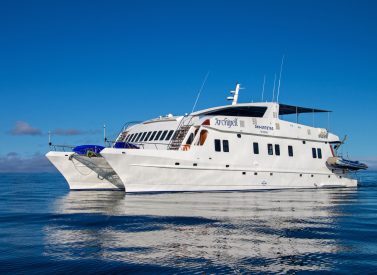
 a Tailor Made Tour
a Tailor Made Tour 